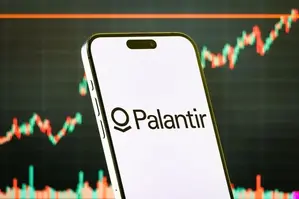A Ripple XRP ETF may come in 2025, with experts suggesting the cryptocurrency could surge as much as 100% if the first ETF is approved. ETF analysts at Bloomberg have raised their odds of a Ripple XRP ETF being approved in 2025 to 85%. The experts are also suggesting that the ETF could see immense success right away, with inflows surpassing $8 billion by 2026.
Standard Chartered Bank projects that a US-listed XRP spot ETF could attract between $4.4 billion and $8.3 billion in inflows within its first year. The bank bases the projection on net asset value benchmarks seen in existing Bitcoin and Ethereum ETFs. With the success of those over the last year, other crypto ETFs are expected to see similar success once approved.
Standard Chartered’s head of digital assets research, Geoff Kendrick, said NAV-to-market-cap ratios from already approved US spot ETFs were used to model potential XRP ETF inflows. Bitcoin and Ethereum spot ETFs currently show NAVs of around 6% and 3% of their respective market caps. Applying these ratios to XRP’s market capitalisation results in a $4.4 billion to $8.3 billion range.
Also Read: Chinese Digital Yuan vs SWIFT: China’s 7-Second Payments Shake Up Global Finance
Ripple’s native token XRP is currently hovering around the $2.20 mark on Friday. The leading altcoin has tripled in price in a year delivering stellar profits to investors between 2024 to May 2025. It spiked nearly 330% in the last 365 days turning an investment of $1,000 into $4,300. It is among the top-performing cryptocurrencies as the markets rallied hard after Trump clinched the White House in November. That trend will likely continue over the coming months if XRP’s ETF is approved before 2025 is over.
The latest and revised price prediction from Finder shows that Ripple’s XRP could reach a high of $6.450 next. The bullish price prediction projects that an entry position into the cryptocurrency now could deliver stellar returns to investors. The altcoin can remain on the ‘buy list’ as the projection shows a rapid rise for the next five years.






